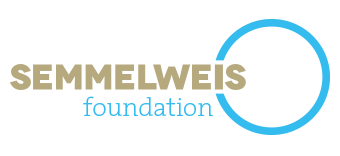According to World Health Organization, WHO, public health surveillance is the continuous, systematic collection, analysis and interpretation of health-related data which is needed for the planning, implementation, and evaluation of public health practice.
Rapid technological progress and social development in a globalised world can create new health risks. For example, natural catastrophes or the emergence of new epidemics. Observing these developments is important and establishes links between health and other relevant data and processes in all areas of life (Diseases can have an influence on environment, labour market, employment situation, income, education, social capital, etc.). In this way, effects can be assessed and – if necessary – measures can be taken.
The aim of this control and supervision (e.g. regular and occasional checks, sanitary inspections, etc.) is to identify health-related problems in health care facilities and in facilities that could potentially endanger health at an early stage and to achieve improvements in this respect (= quality assurance). In first place, it is essential to maintain people’s health and prevent disease in advance instead of only reacting to them.
Such surveillance can:
- serve as an early warning system for impending public health emergencies
- document the impact of an intervention, or track progress towards specified goals
- monitor and clarify the epidemiology of health problems, to allow priorities to be set and to inform public health policy and strategies (Source: WHO)
Surveillance in public health consist of supervision and quality assurance in health care and in facilities that may pose a threat to health, Epidemiology and health reporting and can help in the following areas:
- health promotion and disease prevention
- health planning and policy advice on health-related developments
- infection control as well as
- medical crisis management
Surveillance data are important to inform policy changes, guide new program interventions and sharpen public communications. Functioning surveillance systems are essential for a good health system. Without correct data, diseases can possibly be misunderstood or mistreated.




